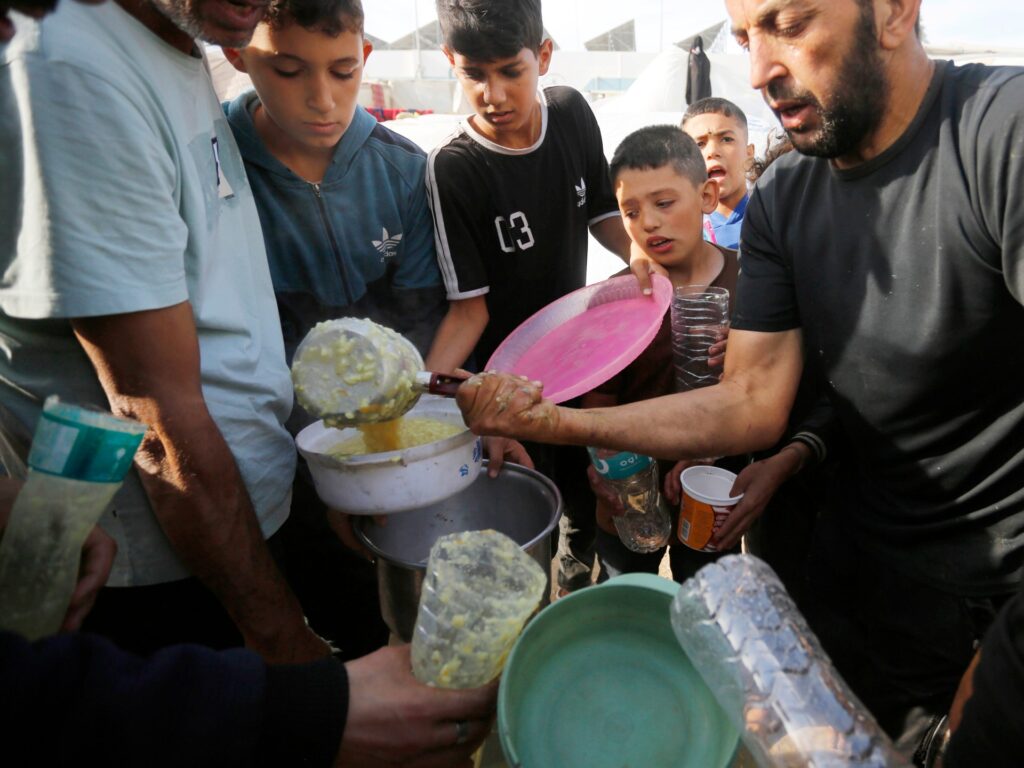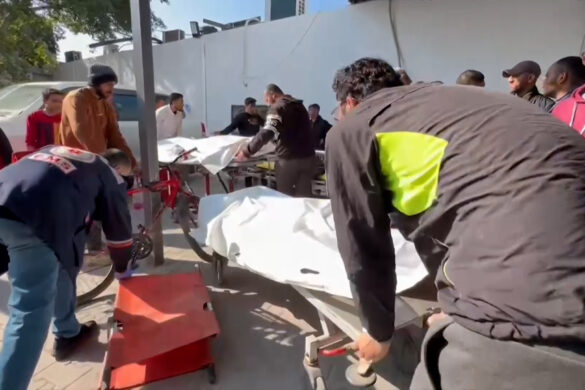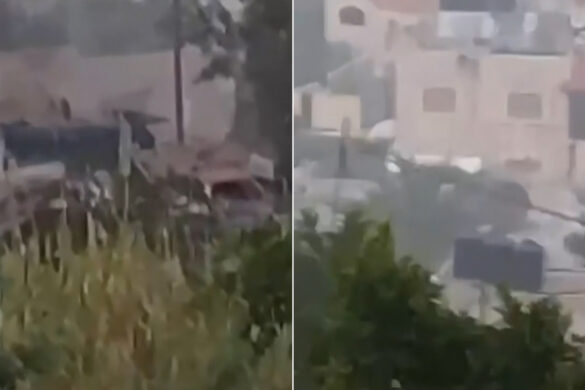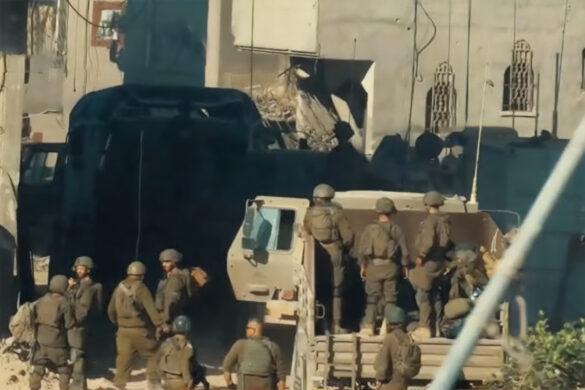Since the Al-Aqsa Flood operation, the French newspaper La Croix has been communicating with Palestinian journalist and photographer Abed Zaqout, telling it about his daily life and documenting the bombing and destruction that befell his homeland, the Gaza Strip. However, two days ago he was forced to stop doing his work because of the hunger he and his children are suffering from, and today he is appealing to everyone to help him. In saving himself and his family.
Zaqout (37 years old) says in his last message, “Before the war, I lived in the southern Gaza Strip. I work as a freelance journalist and photographer in several press agencies.”
At the beginning of the conflict, I took refuge with my family in Nasser Hospital, in the heart of Khan Yunis. From there, I moved between the areas being bombed, and covered the events I saw.
But Zaqout explains that he moved to Rafah under the weight of the Israeli military attack on the south after the truce and the Israelis’ storming of Khan Yunis, and “from there I am writing to you from the tent in which I am settling in the evening, in the harsh cold of Rafah. My children are sick and suffering. My children are hungry.”
Then Zaqout goes on to say, “We journalists and photographers work with empty stomachs. We face great challenges in providing food for our children and finding a little bread. We produce stories with pictures and videos about hunger and thirst, while our children suffer from hunger and thirst.”
As an independent journalist, Zaqout says, “The Israeli army does not distinguish between civilians and combatants. I stopped photographing two days ago… I can’t do it anymore… I’m starving… I’m sorry if the phrase betrayed me and I couldn’t find the right words.” To describe the situation.
In his last message, Zaqout said, “Journalists associated with agencies have been evacuated, but no one is helping independent journalists. Help us, we are about to die.”
Israel has launched a large-scale aggression against the Gaza Strip since the “Al-Aqsa Flood” battle on October 7, 2023, which has so far led to the death of nearly 20,000 people and the wounding of more than 50,000 others. It also imposed a complete siege on the Gaza Strip, which prompted the Director General of Health in Gaza, Dr. Munir Al-Barsh described what Israel is doing as “genocide against the Palestinian people, especially children.”




